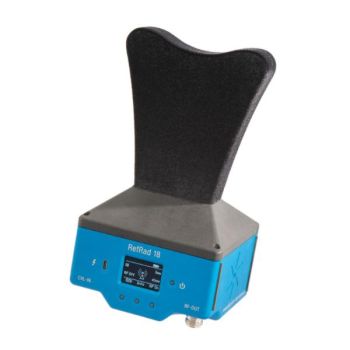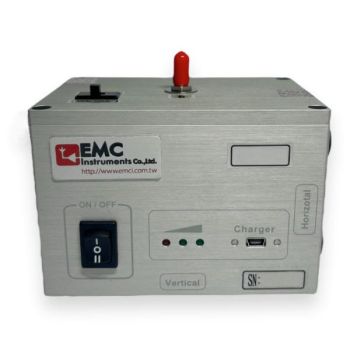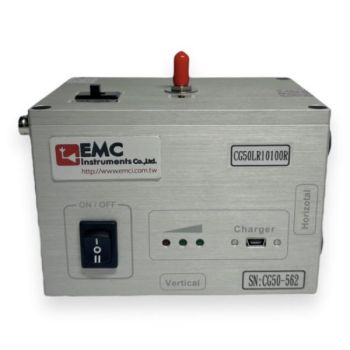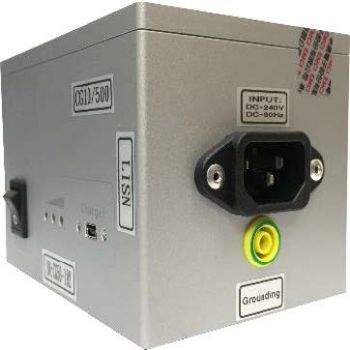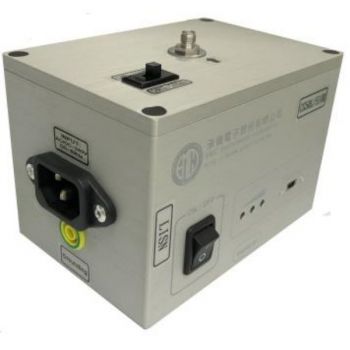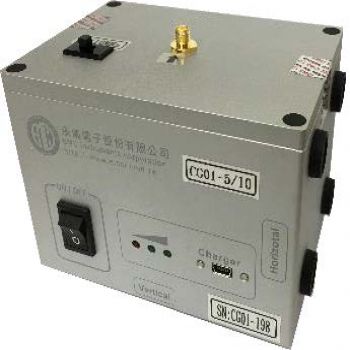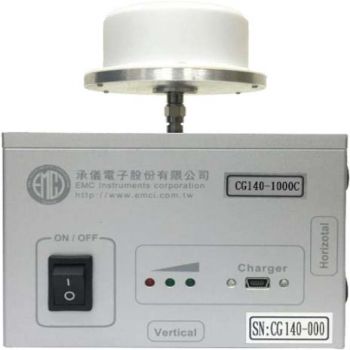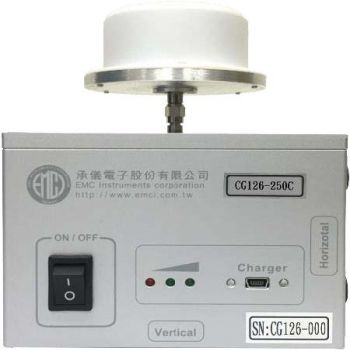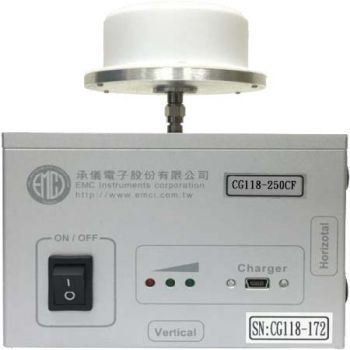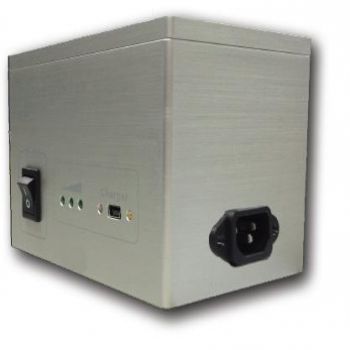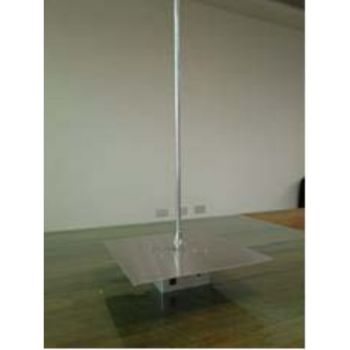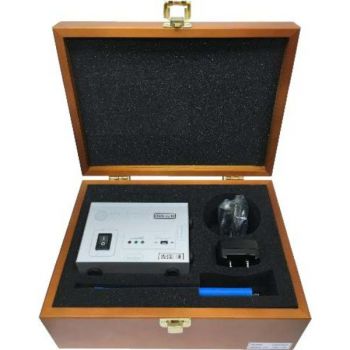
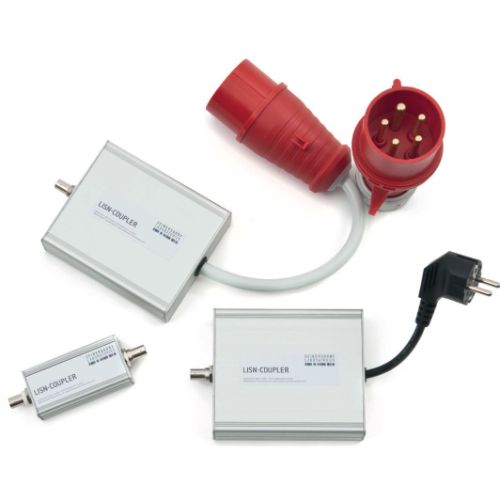
RefRad X Comb Generator 10 kHz - 3 GHz
RefRad X Comb Generator The newly developed battery-operated comb generator RefRad X is specially designed for checking the quality of radiated and conducted EMC and EMF tests. Initially introduced at the beginning of 2008, several modifications in the print design have enhanced the RefRad X considerably.
RefRad X Comb GeneratorCheck out our Comb Generator Selection Guide. The newly developed battery-operated comb generator RefRad X is specially designed for checking the quality of radiated and conducted EMC and EMF tests. Initially introduced at the beginning of 2008, several modifications in the print design have enhanced the RefRad X considerably. The RefRad X Comb Generator can be used to perform conducted measurements. When the antenna element is attached the device turns into the convenient, easy-to-use RefRad X Field Source for radiated system checks with no cables required. With the available FibreLink X, an external synchronization with the measurement receiver makes a small measuring bandwidth possible and improves the signal-to-noise ratio by up to 30dB. Thus it is a valuable tool for engineers to ensure the quality of EMC tests in the frequency range between 10 kHz up to 3 GHz and beyond. A comb generator is built inside a conical antenna element. Therefore no cable between the antenna and generator is necessary. This allows for repeatable measurement results and reliable simulation of radiation performance. Three switchable frequency settings are available: 10 kHz, 1 MHz, and 5 MHz. Field Source Applications
Comb Generator Applications
FibreLink
|




